Infographic: Water, Food, and Energy Choke Points in India
India’s resource problems are not those of scarcity, but rather of inefficient use and bureaucratic policies.
The question of sustainability is becoming ever more plain in the prime food-growing states of northern India, as well as in the coal-producing energy states to the southeast. Because so much of India’s grain is irrigated with groundwater that requires millions of electricity-consuming pumps, it is widely known that food abundance is depleting groundwater reserves, evidence of which can be monitored and charted from space.
The infographic below explores India’s relevant resource abundance and reasons for increasing scarcity.
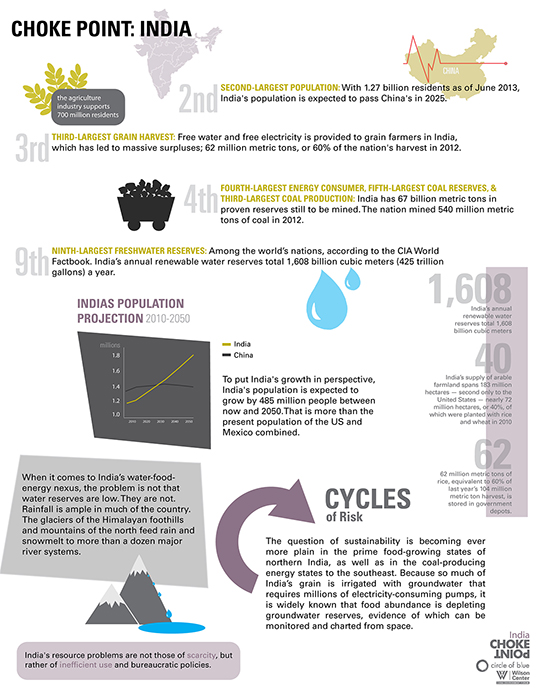
Laura Stegmeyer is an undergraduate student at Grand Valley State University and a design intern for Circle of Blue. This infographic accompanies an article by Circle of Blue’s senior editor, Keith Schneider: Choke Point: India — The Leopard In The Well.
Choke Point: India is produced in collaboration with the Woodrow Wilson International Center for Scholars and its China Environment Forum, with support from Skoll Global Threats Fund. The Wilson Center’s Asia Program, which provided research and technical assistance, produces substantial work on natural resource issues in India, including articles and commentaries on energy, water, and the links between natural resource constraints and stability.

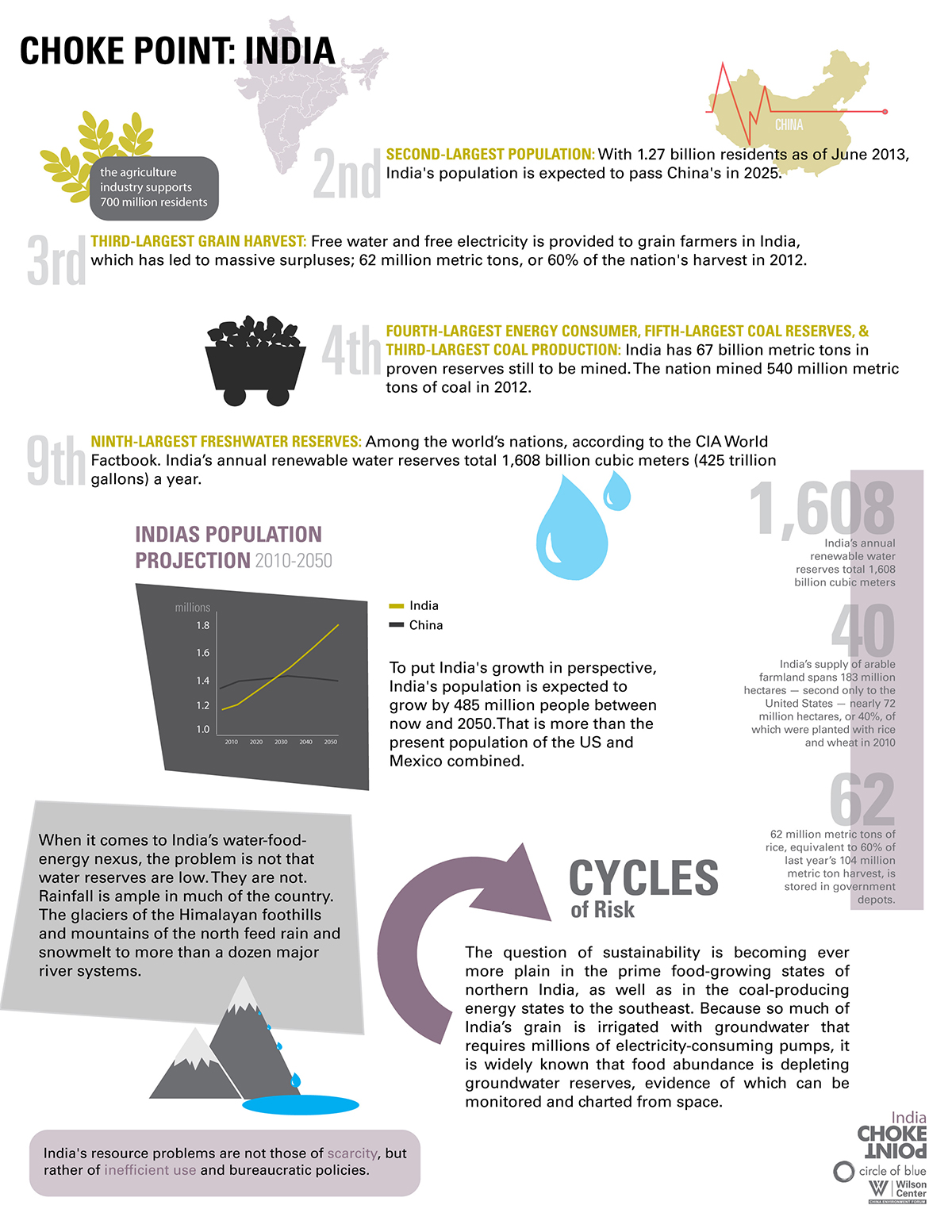

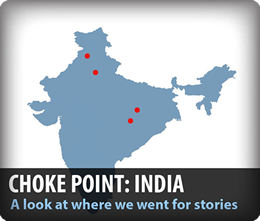
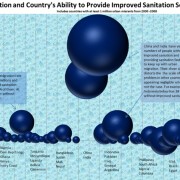

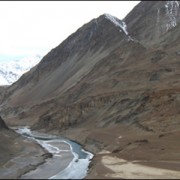
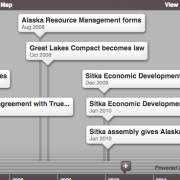
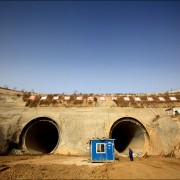




First of all, thanks for the infographic. I’ve published it in Infographics Village with proper credit to Circle of Blue and Laura Stegmeyer. I have no clue what the article Leopard in the Wall is all about, but what I believe that the crises in India isn’t a bureaucratic problem, rather a political problem. The political class should shoulder the moral responsibility, as they do operate the bureaucrats over there.
They are the prime force out there and outperform the bureaucrats in every possible ways.